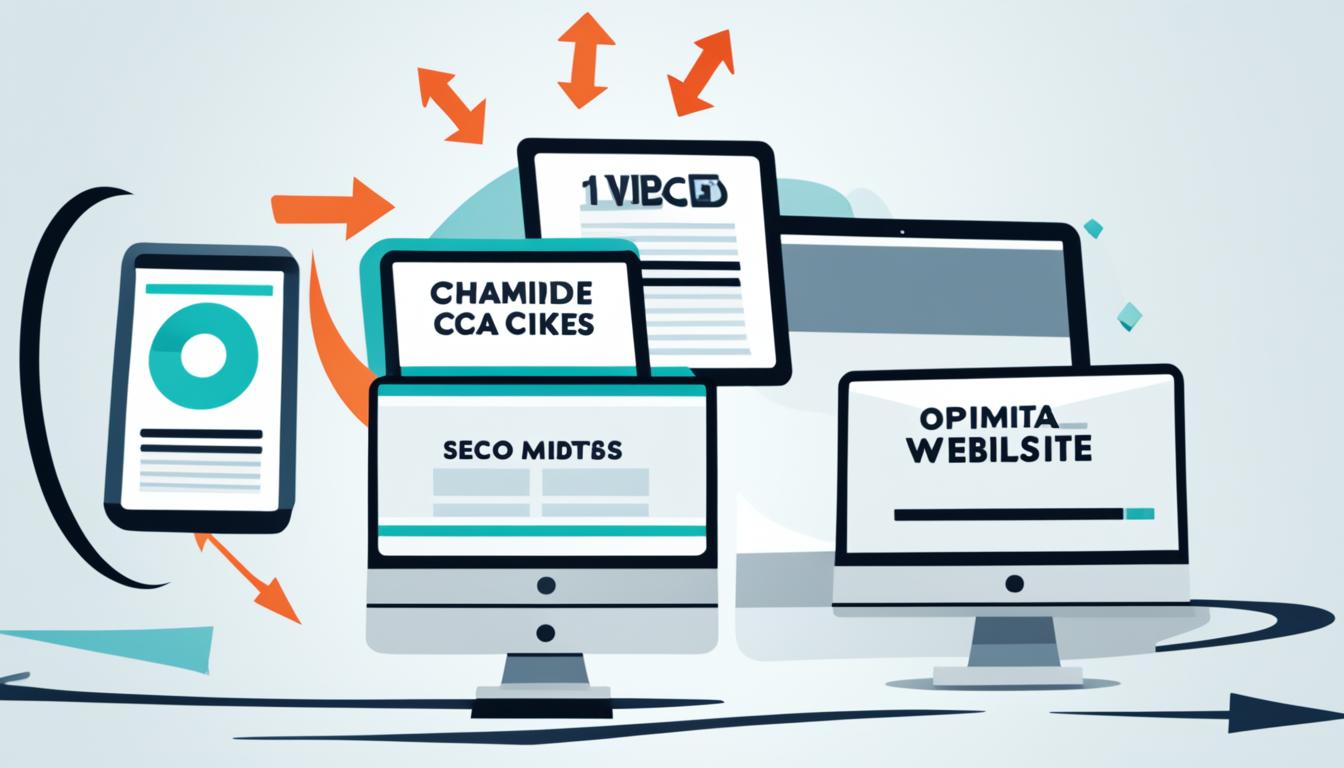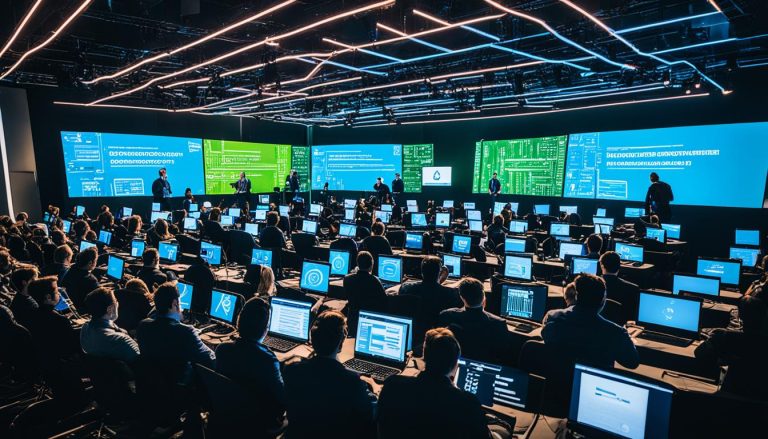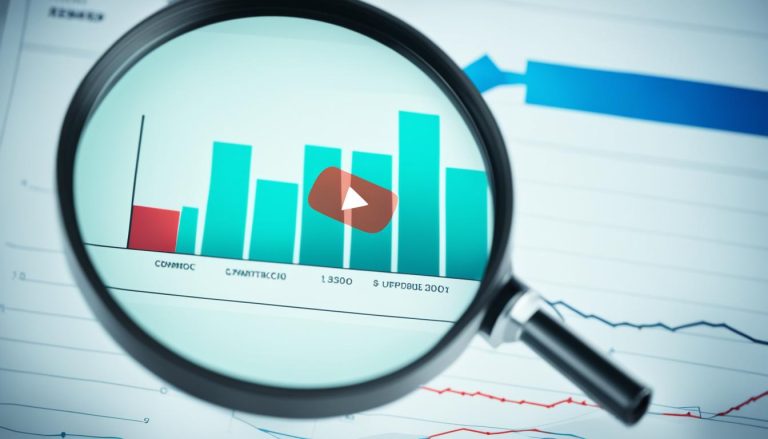You Dont Need To Hire An SEO Specialist Agency For Image SEO Here Are Some Do It Yourself Tips
Welcome to our article on Image SEO Tips! Boosting your site’s performance and visibility doesn’t have to be complicated or expensive. In this section, we’ll provide you with valuable DIY techniques to optimize your website’s images and enhance your overall SEO efforts.
Understanding the Importance of Image SEO
When it comes to optimizing your website for search engines, Image SEO plays a critical role in improving your site’s performance and overall SEO ranking. Images not only enhance the visual appeal of your website but also contribute to user engagement and satisfaction.
By properly optimizing your images, you can enhance your website’s visibility, attract more organic traffic, and create a seamless user experience. Search engines like Google and Bing consider both text and images when determining the relevance and authority of your webpages. So, neglecting Image SEO can have a negative impact on your overall SEO efforts.
“Optimizing your images is not just about adding alt text and reducing file sizes, it’s also about optimizing for user experience and ensuring your visuals align with your content.”
When it comes to Image SEO, there are a few key elements you should focus on:
Image Optimization:
- Choose the right file format: JPEG, PNG, and SVG are popular file formats for web images. Each format has its own advantages and use cases, so choose the one that best suits your image type.
- Compress your images: Large image files can slow down your website’s loading speed, negatively impacting user experience and SEO ranking. Use image compression techniques to reduce file sizes without compromising image quality.
- Optimize image titles: Use descriptive and relevant titles for your images. This not only helps search engines understand the content of your images but also contributes to better accessibility.
Descriptive Alt Text:
- Add alt text to your images: Alt text provides a description of your images for users who are visually impaired or have image-loading issues. It also helps search engines understand the context of your images and improves their indexing.
- Write meaningful alt text: Be descriptive but concise when writing alt text. Include relevant keywords related to the image and the surrounding content while ensuring the alt text accurately represents the image.
By focusing on these key elements, you can optimize your website’s images for better search engine rankings and user experience. Remember, Image SEO is not a one-time task; it requires regular maintenance and optimization to keep up with changing trends and technologies.
Implementing Effective Image SEO Techniques
When it comes to optimizing your website for search engines, image SEO plays a crucial role in boosting your site’s performance. By implementing effective image optimization techniques, you can enhance your website’s visibility and improve user experience.
One of the first steps in image SEO is choosing the right file formats and sizes. Opt for web-friendly formats like JPEG or PNG and ensure that your images are appropriately sized to avoid slowing down your site’s loading speed.
Descriptive alt text and optimized image titles are also essential for effective image SEO. Use alt text to provide a clear description of the image content, incorporating relevant keywords where appropriate. Additionally, optimize your image titles with descriptive and keyword-rich titles to further improve your search engine rankings.
Furthermore, image compression and responsive design are vital techniques for boosting site performance. Compressing your images without compromising quality can significantly reduce their file sizes, resulting in faster loading times. Additionally, implementing responsive design ensures that your images are displayed correctly on different devices, enhancing user experience and improving your site’s ranking.







